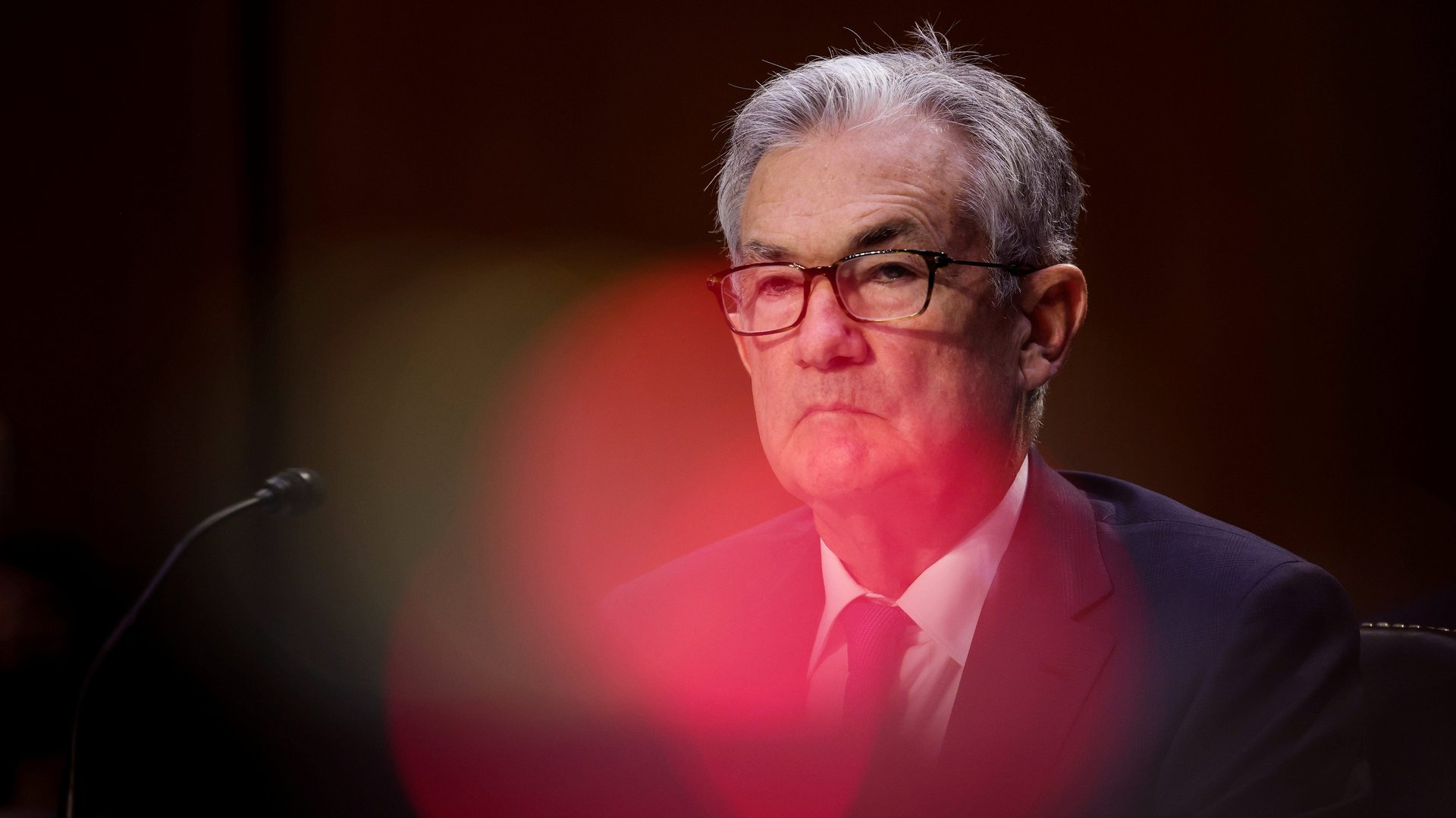Is it time to worry about US inflation?
Inflation in the US is at its highest in 30 years. US consumer prices have been ticking up as the economy bursts back from a pandemic plunge. But a little fluctuation doesn’t necessarily mean prices are about to spiral out of control. In recent years, inflation has remained at low levels even when the economy was doing well and unemployment was falling.


Inflation in the US is at its highest in 30 years. US consumer prices have been ticking up as the economy bursts back from a pandemic plunge. But a little fluctuation doesn’t necessarily mean prices are about to spiral out of control. In recent years, inflation has remained at low levels even when the economy was doing well and unemployment was falling.
What’s the right level of inflation?
Since the 1990s, central banks for the US, Canada, Sweden, Japan, the UK, and Europe have all set 2% as a target for inflation. At that particular sweet spot, there’s room to cut rates to stimulate growth while keeping prices and the economy steady. But the unpredictable pandemic economy changed the US Federal Reserve’s approach: Rather than setting an annual inflation rate of 2% as a hard target, the Fed now looks at the average rate of inflation over a period of time. The labor market is the new key indicator for the health of the economy.
Why is inflation so high right now?
The Fed’s stance on the 2021 uptick in inflation, at least for now: It’s transitory. The Fed’s theory is that the rise in consumer prices is the result of the economy shaking itself off after lockdowns, and Fed chair Jerome Powell sees inflation running hot as long as the supply chain is in crisis. That said, in early November 2021, the Fed announced it would indeed begin tapering off its bond-buying program later in the month. Powell was clear on how the central bank intends to balance its continued support of the economy with rising inflation, calming market jitters about its ability to successfully do both.
Why are used cars expensive?
US consumer prices rose at the fastest pace in 30 years in October 2021, as pandemic-related supply chain issues and surging demand lifted prices of everything from gasoline to homes by an overall 6.2% from last year. After slowing down for three months, inflation is accelerating again, fueling concerns that prices could spin out of control and interrupt the US recovery.
Back in June, overall inflation rates were similar, but a single item, used cars, was largely behind the increase in the overall rate. This time around, prices for almost everything went up, with energy accounting for a big portion of the monthly rise. Inflation for these items should slow down as supplies normalize, like it did with used cars.
Keep reading about inflation
- Why the US should ignore inflation and focus on jobs
- Here’s one market signal that inflation worriers can relax
- Alcohol and air travel got cheaper in the US in October
- Here’s why the US can afford its high-priced pandemic rescue
- What Powell learned from past Fed mistakes on guiding the US out of a recession
- US inflation is no longer just about used cars
- Fed Chair Jay Powell’s real fear for the global economy is disinflation